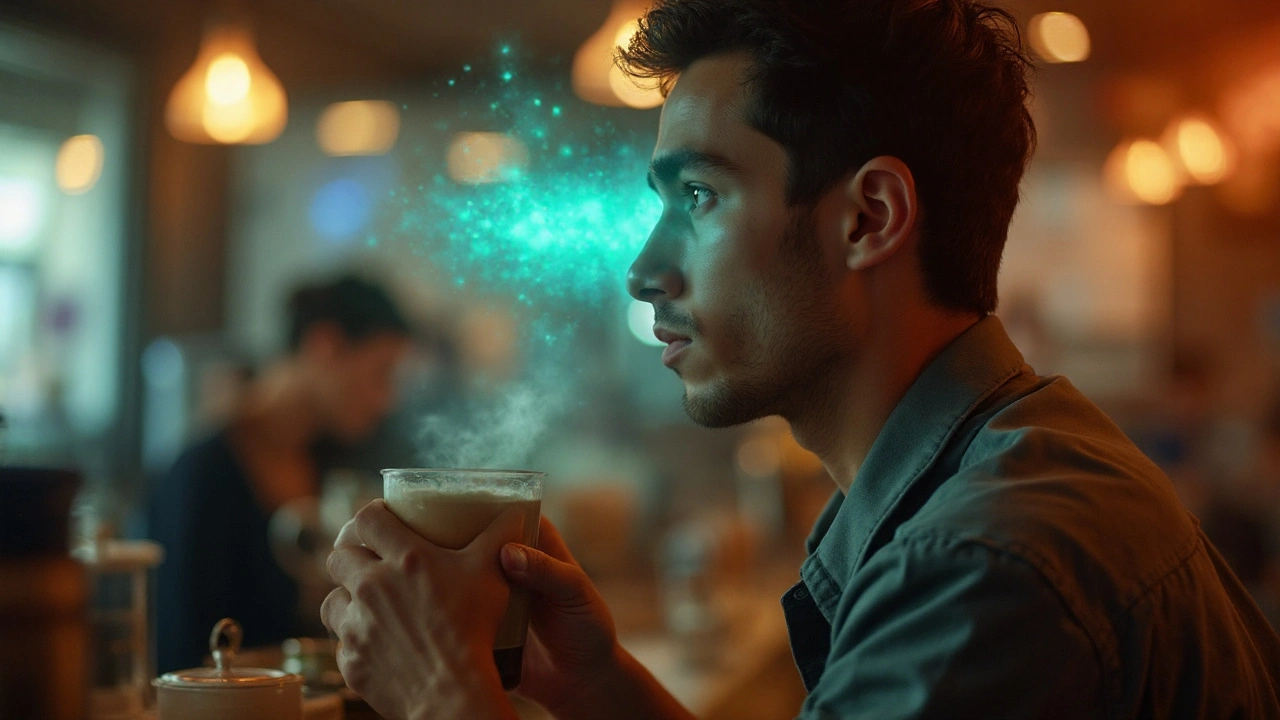Caffeine: How It Works and How to Use It Safely
Caffeine is the most popular stimulant in the world. You probably get it from coffee, tea, soda, or energy drinks. It makes you feel more awake, helps you focus, and can improve mood for a short time. But it also has side effects if you have too much. This guide explains the basics so you can enjoy caffeine without problems.
How caffeine affects your body
When you drink something with caffeine, it quickly reaches your bloodstream. It blocks a chemical called adenosine, which normally makes you feel sleepy. With adenosine blocked, other chemicals like dopamine and norepinephrine become more active. That’s why you feel a burst of energy and sharper thinking.
The effect starts within 15 minutes and can last 3‑5 hours, depending on your metabolism. Some people break down caffeine fast, others feel it for longer. Age, weight, and medications can change how you react. For most adults, a cup of coffee (about 95 mg of caffeine) gives a noticeable lift without major side effects.
Tips for safe caffeine use
Here are practical steps to keep caffeine on your side:
- Know your limit. Most health groups say up to 400 mg per day is safe for healthy adults. That’s roughly four cups of coffee.
- Watch the timing. Caffeine can stay in your system for hours. Avoid it after 2 pm if you have trouble sleeping.
- Read labels. Energy drinks, tablets, and some pain relievers also contain caffeine. Add up the total from all sources.
- Stay hydrated. Caffeine can act as a mild diuretic. Drink water alongside your coffee to stay balanced.
- Listen to your body. If you feel jittery, rapid heartbeat, or stomach upset, cut back. Those signs mean you’re overdoing it.
Caffeine isn’t just a coffee buzz. It can improve athletic performance, help with migraine relief, and even boost metabolism. But the benefits show up only when you stay within a moderate range.
If you’re pregnant, have heart problems, or take certain medicines, talk to a doctor before using caffeine regularly. Some antidepressants and antibiotics can interact with it, making side effects worse.
For those who want a caffeine‑free day, try swapping coffee for herbal tea or water. Gradually reduce your intake to avoid withdrawal headaches.
Understanding how caffeine works and respecting your personal limits lets you enjoy its boost without the crash. Keep these tips in mind, and caffeine can stay a helpful part of your daily routine.
How Caffeine and Alcohol Trigger Dizziness and Motion Sickness
Explore how caffeine and alcohol affect the inner ear, cause dizziness and motion sickness, and learn practical tips to stay steady on the go.
